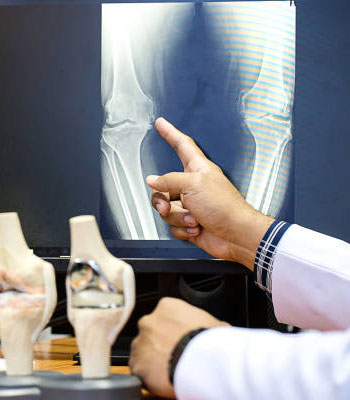Orthopedic and trauma care are crucial branches of medical expertise that focus on the musculoskeletal system, encompassing bones, joints, muscles, ligaments, and tendons. These fields play a pivotal role in diagnosing, treating, and preventing a wide range of conditions related to the skeletal and muscular systems. Let's delve into what orthopedic and trauma care entail and how they contribute to overall well-being.
Orthopedic Care
Orthopedics is a medical specialty that deals with the prevention, diagnosis, and treatment of disorders and injuries affecting the musculoskeletal system. Orthopedic specialists, known as orthopedic surgeons or orthopedists, are trained to address various conditions, including fractures, arthritis, sports injuries, congenital disorders, and degenerative diseases.
Common Orthopedic Procedures
Orthopedic surgeons perform a variety of procedures to alleviate pain, restore mobility, and enhance overall functionality. Some common orthopedic procedures include joint replacement surgeries, arthroscopy, spinal surgeries, and fracture repairs. These interventions aim to improve the quality of life for individuals experiencing musculoskeletal issues.
Trauma Care
Trauma care, on the other hand, focuses on the immediate and critical treatment of injuries resulting from accidents, falls, or sudden impacts. Trauma surgeons and emergency medical professionals work together to stabilize patients, manage life-threatening injuries, and initiate the recovery process. Trauma care extends beyond surgical interventions to include rehabilitation and long-term follow-up care.
Collaboration between Orthopedic and Trauma Care
Orthopedic and trauma care often intersect, especially in cases where severe injuries lead to musculoskeletal problems. For instance, a car accident may result in fractures or dislocations that require both trauma and orthopedic expertise for comprehensive treatment. This collaborative approach ensures a holistic and effective patient care strategy.
Preventive Measures
While orthopedic and trauma care are essential for treating injuries and conditions, preventive measures are equally crucial. Maintaining a healthy lifestyle, engaging in regular exercise, using proper protective gear during physical activities, and addressing minor musculoskeletal issues promptly can significantly reduce the risk of traumatic injuries and orthopedic conditions.







